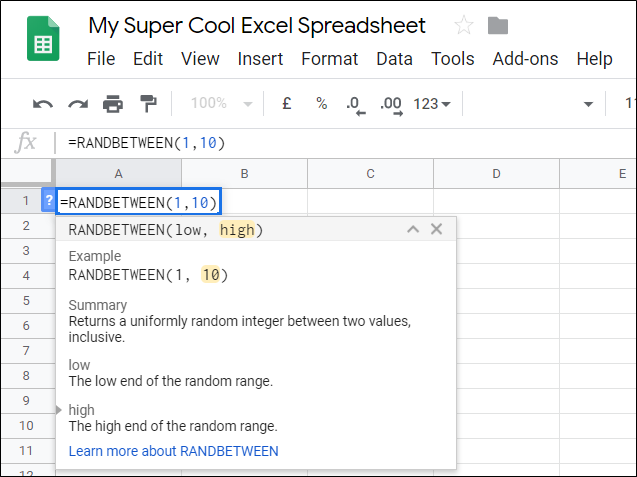
If these constraints are relaxed, this model becomes the random map model, which is the mean field approximation for Kauffman automata. Yet two Euclidean constraints remain in the RLM: (i) the distance from a point to itself is always null ( D ii = 0, for all i) and (ii) the forward and backward distances are equal ( D ij = D ji, for all i, j). In the limit d ® ¥, all the two-point distances are independently and identically distributed (i.i.d.) random variables and this model is known as the random link (distance) model (RLM). For fixed N, as the system dimensionality increases, boundary effects become more and more pronounced (periodic boundary conditions is a technique frequently used to minimize these effects) and the distances become less and less correlated. In numerical applications, this limits system sizes typically to N = 15000 when using advanced techniques of random access memory (RAM) allocation.ĭue to boundary effects and Euclidean restrictions, the distances between any two points are not all independent random variables, in fact, there are correlations among them. In this naive algorithm, both time and memory consumptions are proportional to N 2. store them in a N ×N matrix, called distance matrix. use the Euclidean metrics to calculate the distance between all pairs of points, andĤ. store them in a N ×d matrix, called coordinate matrix,ģ. A possible computational implementation of the RPP mainly consists of the following steps:Ģ. The distance between any pair of points i and j is obtained by the Euclidean metrics. Uniform deviates along the unitary length edges of a d-dimensional hypercube are usually considerated.

The coordinates of N random points are independently and randomly generated following a given common probability density function (pdf). The random point problem (RPP) is a classical approach to construct disordered media. Keywords: Random media Random point problem Random link model Random-number generator Exploring the deterministic nature of the pseudo-random number generators, we present techniques which allow to consider models with memory consumption of O( N), instead of O( N 2) obtained by a naive implementation, but with the same time dependence O( N 2). While the numerical treatment of large random point problems poses no major difficulty, due to Euclidean restrictions the same is not true for large random link systems. As d ® ¥, the distances between two points become independent random variables, leading to its mean field description: the random link model. Characteristics related to the statistics of this system are known as the random point problem. IIFaculdade de Filosofia, Ciências e Letras de Ribeirão Preto, Universidade de São Paulo, Avenida Bandeirantes, 3900, 14040-901, Ribeirão Preto, SP, BrazilĪ disordered medium is often constructed by N random points independently and identically distributed in a d-dimensional hyperspace.

ICentro Universitário Barão de Mauá, Rua Ramos de Azevedo, 423, 14090-180, Ribeirão Preto, SP, Brazil and Faculdade de Filosofia, Ciências e Letras de Ribeirão Preto, Universidade de São Paulo, Avenida Bandeirantes, 3900, 14040-901, Ribeirão Preto, SP, Brazil

An efficient algorithm to generate random uncorrelated Euclidean distances: the random link modelĬésar Augusto Sangaletti Terçariol I Alexandre Souto Martinez II


 0 kommentar(er)
0 kommentar(er)
